Among the many exotic fruits cherished in South America, Lucuma stands out for its unique flavor, rich history, and exceptional nutritional value. Known as the “Gold of the Incas,” this fruit has been treasured for centuries and is now gaining recognition in health food markets around the globe. But where exactly does Lucuma thrive best, and which country leads the world in its production? In this article, we’ll uncover which country is the largest Lucuma producer in the world and explore fascinating details about this golden fruit.
What is Lucuma?
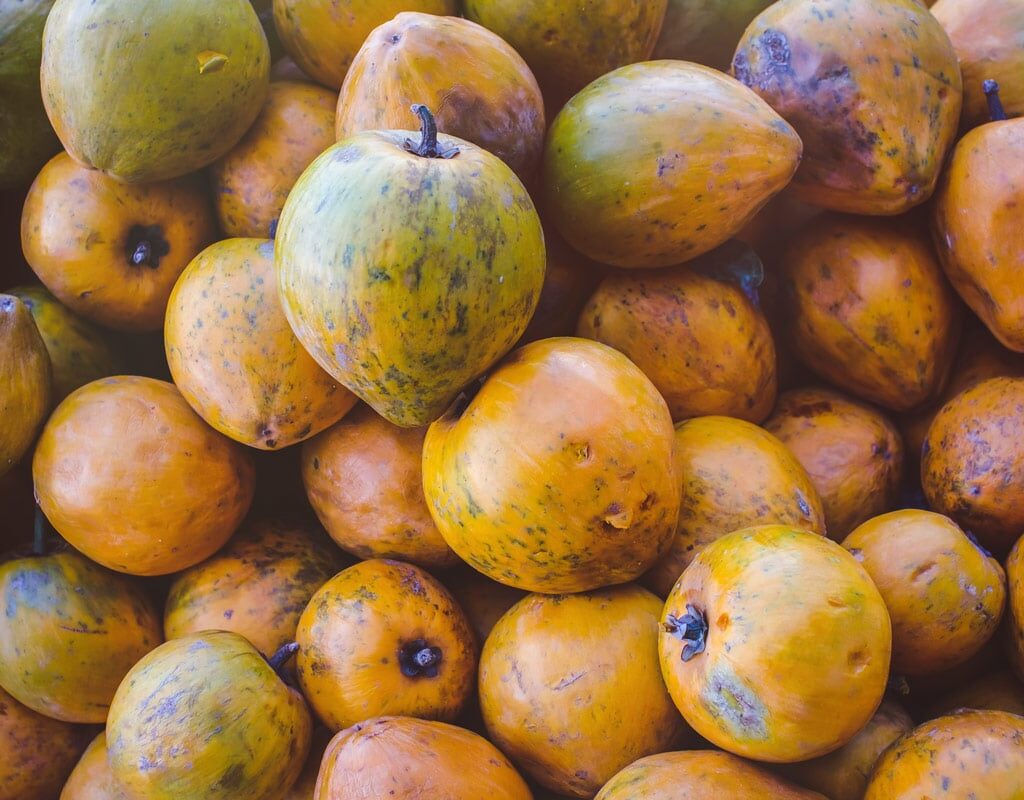
Lucuma (Pouteria lucuma) is a subtropical fruit native to the Andean valleys of South America. The fruit is roughly the size of an avocado, with a tough greenish skin and bright yellow-orange, creamy flesh. Its flavor is often described as a delightful mix of maple syrup, sweet potato, and caramel — making it a popular ingredient in desserts and beverages.
- Scientific Name: Pouteria lucuma
- Common Names: Lucuma, Eggfruit, Gold of the Incas
- Native Region: Peru, Ecuador, Bolivia, and northern Chile
- Uses: Ice creams, desserts, smoothies, health powders, and traditional medicine
Lucuma is highly valued for its rich nutrient profile, particularly its high content of beta-carotene, antioxidants, dietary fiber, and minerals like potassium and calcium.
Largest Lucuma Producer in the World: Peru
Without a doubt, Peru holds the crown as the largest Lucuma producer in the world. The fruit is deeply ingrained in Peruvian history and culture, featuring prominently in ancient mythology, cuisine, and even as a symbol of fertility in pre-Columbian civilizations.
Why Peru?
Several factors explain Peru’s dominance in Lucuma production:
- Native Origin: Lucuma originated in Peru’s Andean valleys and has adapted perfectly to its subtropical highland climate.
- Cultural Significance: Known as the “Gold of the Incas,” Lucuma was highly prized by ancient civilizations like the Incas and Moche.
- Ideal Climate: Peru’s diverse geography — with warm valleys, moderate rainfall, and fertile volcanic soils — creates perfect growing conditions.
- Modern Demand: The rise of superfood trends and international demand for exotic, nutrient-rich fruits has bolstered Lucuma farming in Peru.
Geographic Distribution of Lucuma in Peru

Lucuma trees flourish in Peru’s coastal and Andean valleys. The principal Lucuma-producing regions include:
- Lima
- Arequipa
- Ancash
- Cajamarca
- Ayacucho
- La Libertad
The harvest season typically spans from December to March, with peak production during the Peruvian summer.
Lucuma in Peruvian Culture
Lucuma holds a sacred place in Peru’s cultural and culinary identity:
- Ancient Symbolism: Archaeological findings reveal Lucuma imagery in pottery and artifacts dating back over 2000 years, particularly in the Moche and Inca civilizations.
- Traditional Medicine: Indigenous communities have long used Lucuma pulp to treat wounds, promote digestion, and strengthen the immune system.
- Culinary Delight: In modern Peru, Lucuma is a national favorite — especially in ice cream, where it surpasses even vanilla and chocolate in popularity.
Popular Lucuma-based dishes and products in Peru include:
- Lucuma Ice Cream (Helado de Lucuma)
- Lucuma Cheesecake
- Lucuma Smoothies
- Lucuma Marmalade
- Lucuma Powder (used in health shakes and baking)
Is Lucuma Grown Outside Peru?
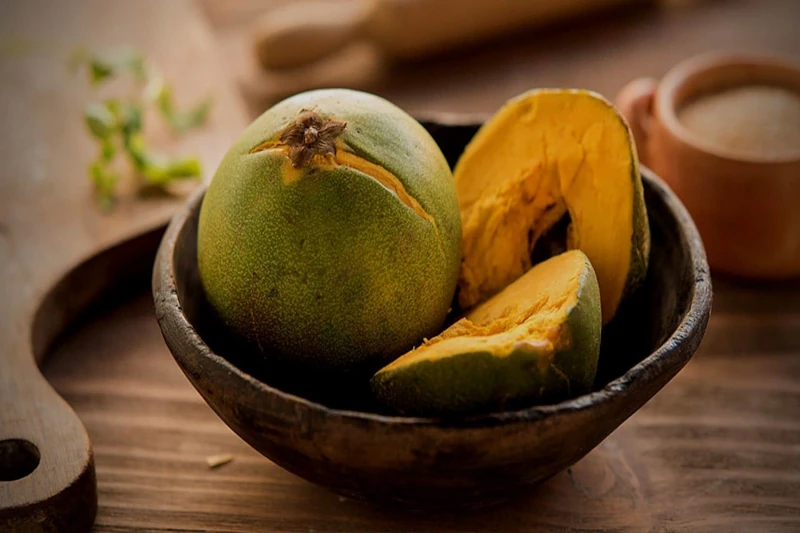
While Peru remains the undisputed leader, small-scale Lucuma cultivation exists in other South American countries such as:
- Ecuador: Grows Lucuma in the Andean highlands, though on a much smaller scale.
- Bolivia: Native to parts of Bolivia’s Andean region but rarely grown commercially.
- Chile: Some Lucuma trees are found in northern Chile’s arid valleys.
- Colombia and Costa Rica: Experimental plantings and botanical collections.
Outside South America, Lucuma is occasionally cultivated in:
- Hawaii: Suitable for subtropical conditions, though limited in scale.
- California (USA): Some hobbyist growers and specialty farms.
- Australia and New Zealand: As part of exotic fruit orchards.
Despite this, Peru dominates the global market, supplying both fresh Lucuma and processed products like Lucuma powder and puree for export.
Lucuma’s International Popularity
In recent years, Lucuma has become a favorite ingredient in health food markets worldwide. Its unique flavor and impressive nutrient profile make it a natural fit for:
- Smoothies
- Energy bars
- Vegan desserts
- Nutritional supplements
- Natural sweeteners
Lucuma powder, in particular, has gained popularity as a low-glycemic sweetener rich in antioxidants and minerals, often marketed as a superfood alongside maca, quinoa, and chia.
Leading health food markets for Lucuma include:
- United States
- Canada
- United Kingdom
- Germany
- Japan
- Australia
Challenges Facing Lucuma Production
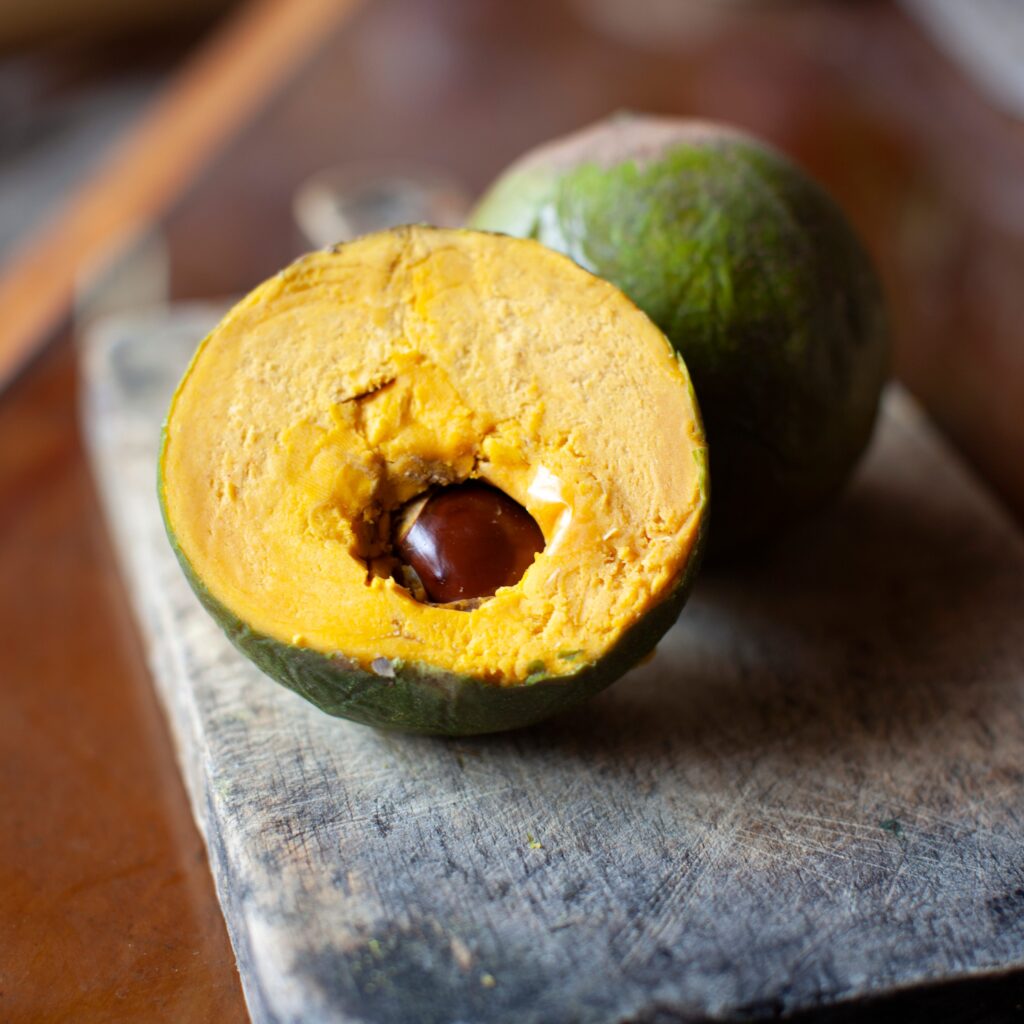
Despite its growing popularity, Lucuma production faces several obstacles:
1. Climate Vulnerability
As a subtropical fruit, Lucuma trees are sensitive to extreme weather changes, which can impact flowering and fruit yield.
2. Limited Commercial Cultivation
Lucuma trees are typically grown on small family farms, and large-scale, industrial cultivation remains rare.
3. Export Logistics
Fresh Lucuma has a short shelf life, making international transport challenging. Most global supply comes in the form of dehydrated powder or frozen pulp.
Government and Agricultural Initiatives in Peru
Recognizing Lucuma’s cultural and economic importance, the Peruvian government has supported various initiatives:
- Agroforestry Programs: Encouraging Lucuma planting alongside other native crops to preserve biodiversity.
- Export Promotion: Through agencies like PromPerú, which promotes Peruvian superfoods globally.
- Agricultural Research: Universities and institutes study Lucuma’s properties, pest resistance, and potential medicinal uses.
Lucuma’s Role in Biodiversity and Sustainability
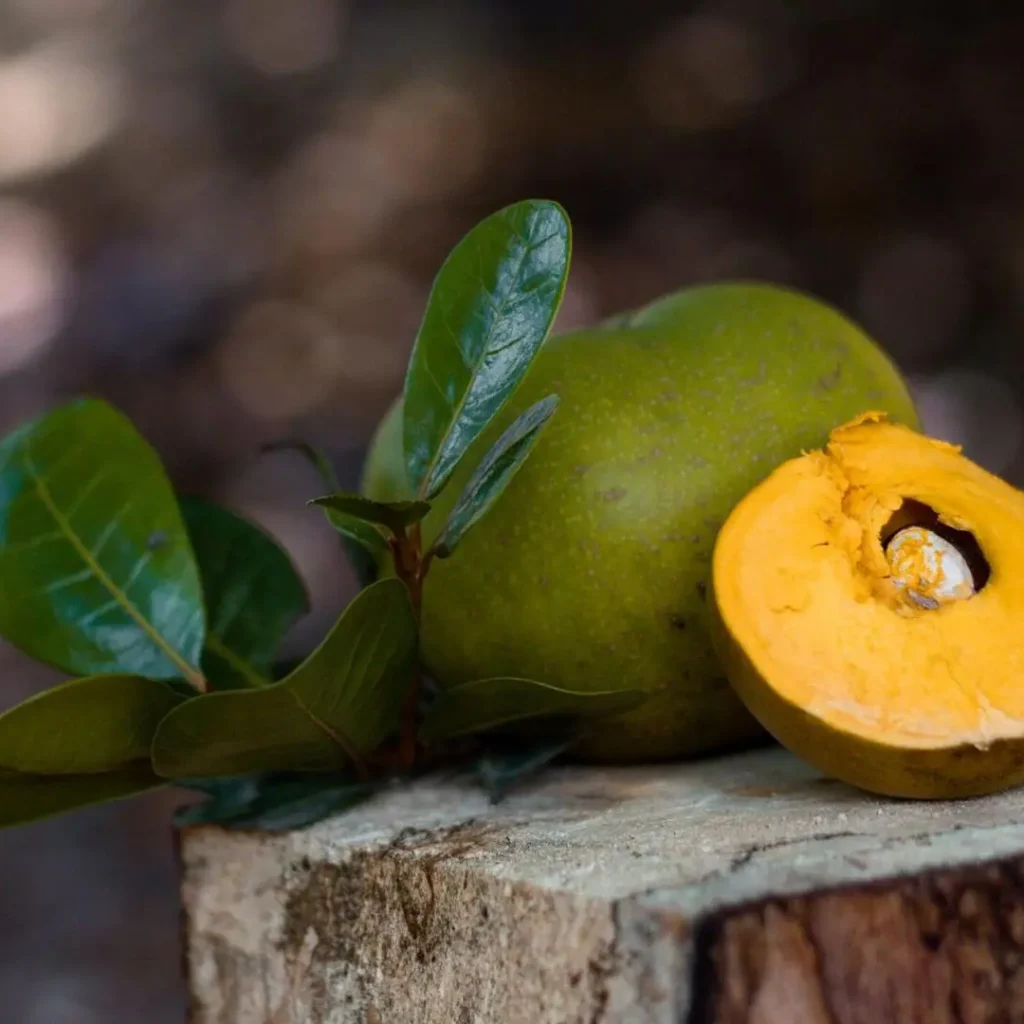
Lucuma trees are important for:
- Soil stabilization in Andean valleys.
- Providing habitat and food for local wildlife.
- Supporting agro-ecological farming systems by reducing dependency on imported species.
By promoting native fruit cultivation like Lucuma, Peru contributes to sustainable farming and the preservation of traditional agricultural knowledge.
Future Prospects for Lucuma Cultivation
The future looks promising for Lucuma:
- Increased Global Demand: As awareness of its health benefits spreads.
- Organic and Sustainable Farming: Meeting the demand for chemical-free, environmentally-friendly produce.
- Product Innovation: Development of new Lucuma-based products like protein bars, energy drinks, and natural sweeteners.
Efforts to expand cultivation areas, improve harvesting techniques, and streamline processing will be key to Lucuma’s continued success on the world stage.
Final Thoughts
In conclusion, Peru is without question the largest Lucuma producer in the world, thanks to its native origins, ideal climate, and deep cultural roots. While smaller cultivation exists in neighboring countries, Peru’s dominance in both fresh and processed Lucuma production remains unchallenged.
As global markets seek out nutritious, sustainable, and exotic foods, Lucuma’s “Gold of the Incas” legacy is set to shine brighter than ever — offering a delicious, healthful, and culturally rich addition to diets around the world.

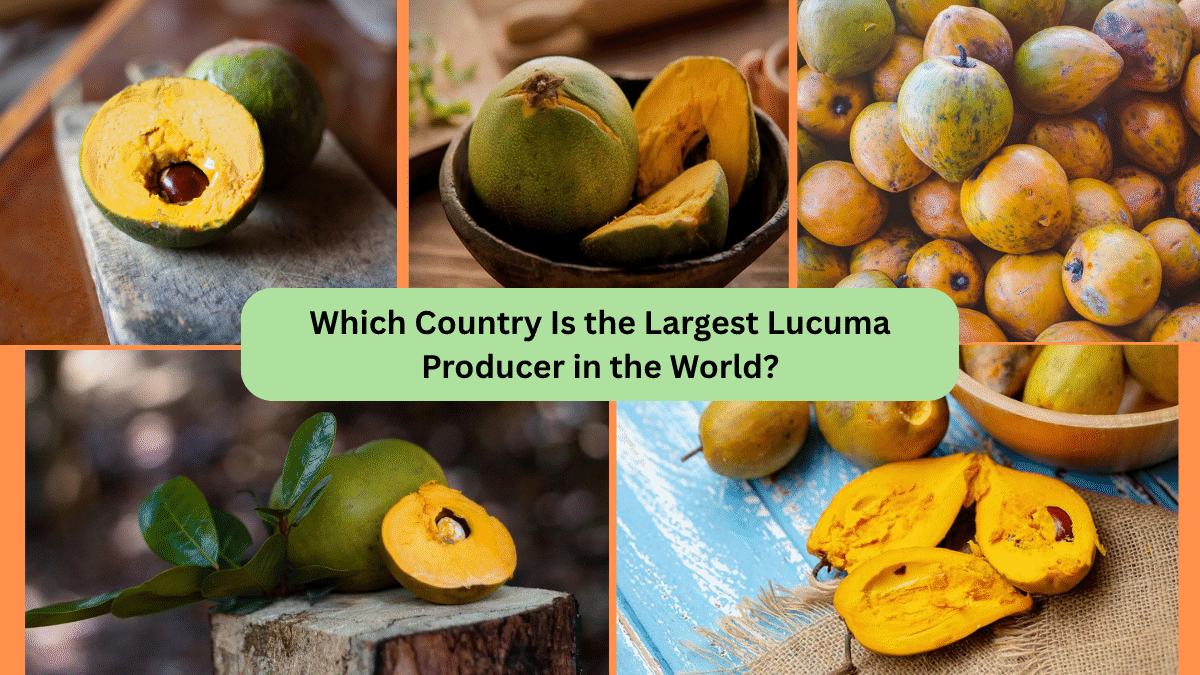
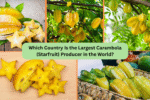

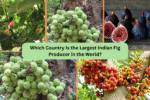
Leave A Comment